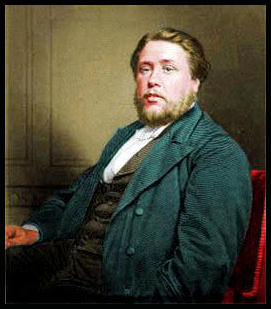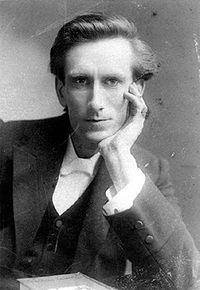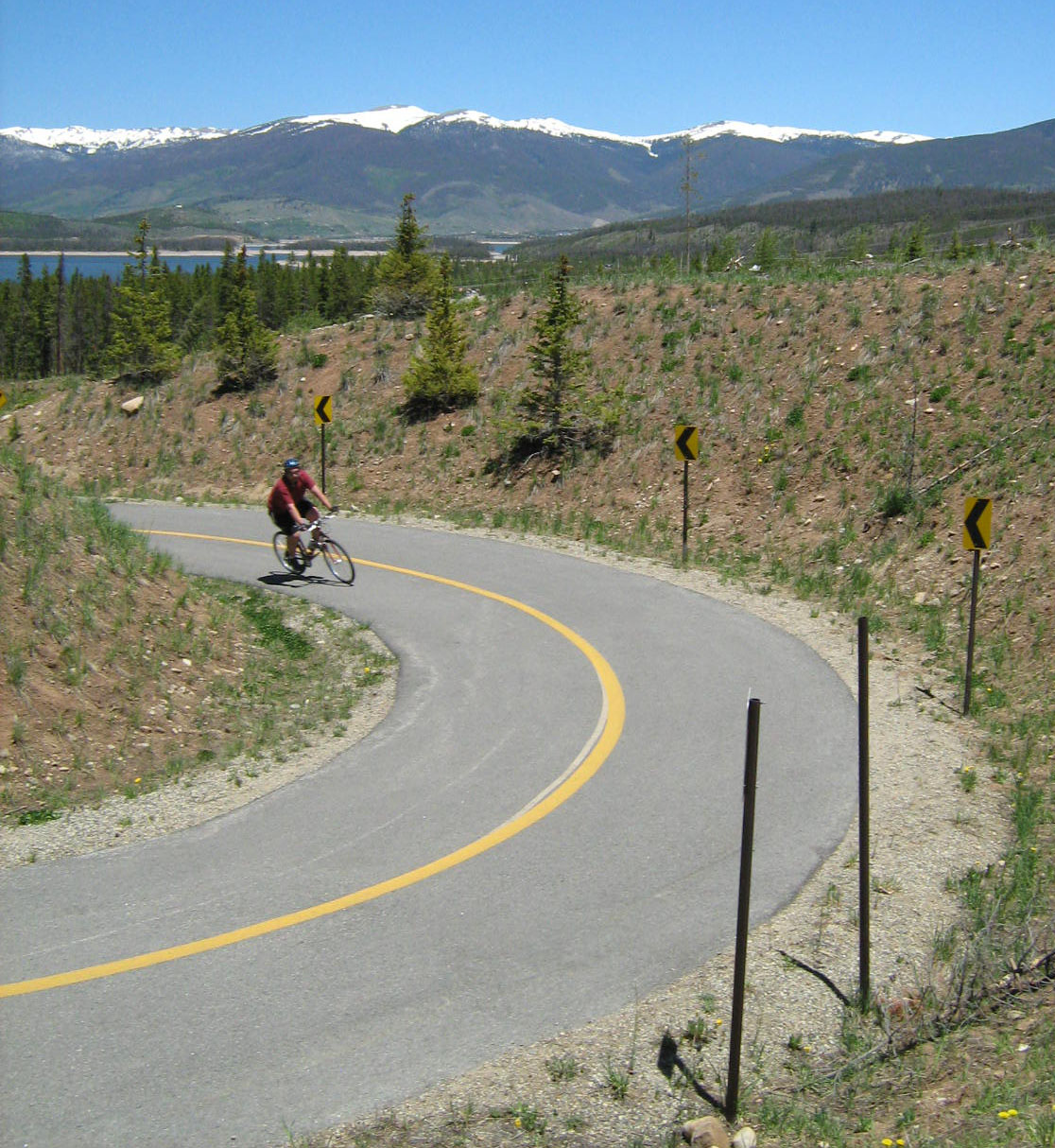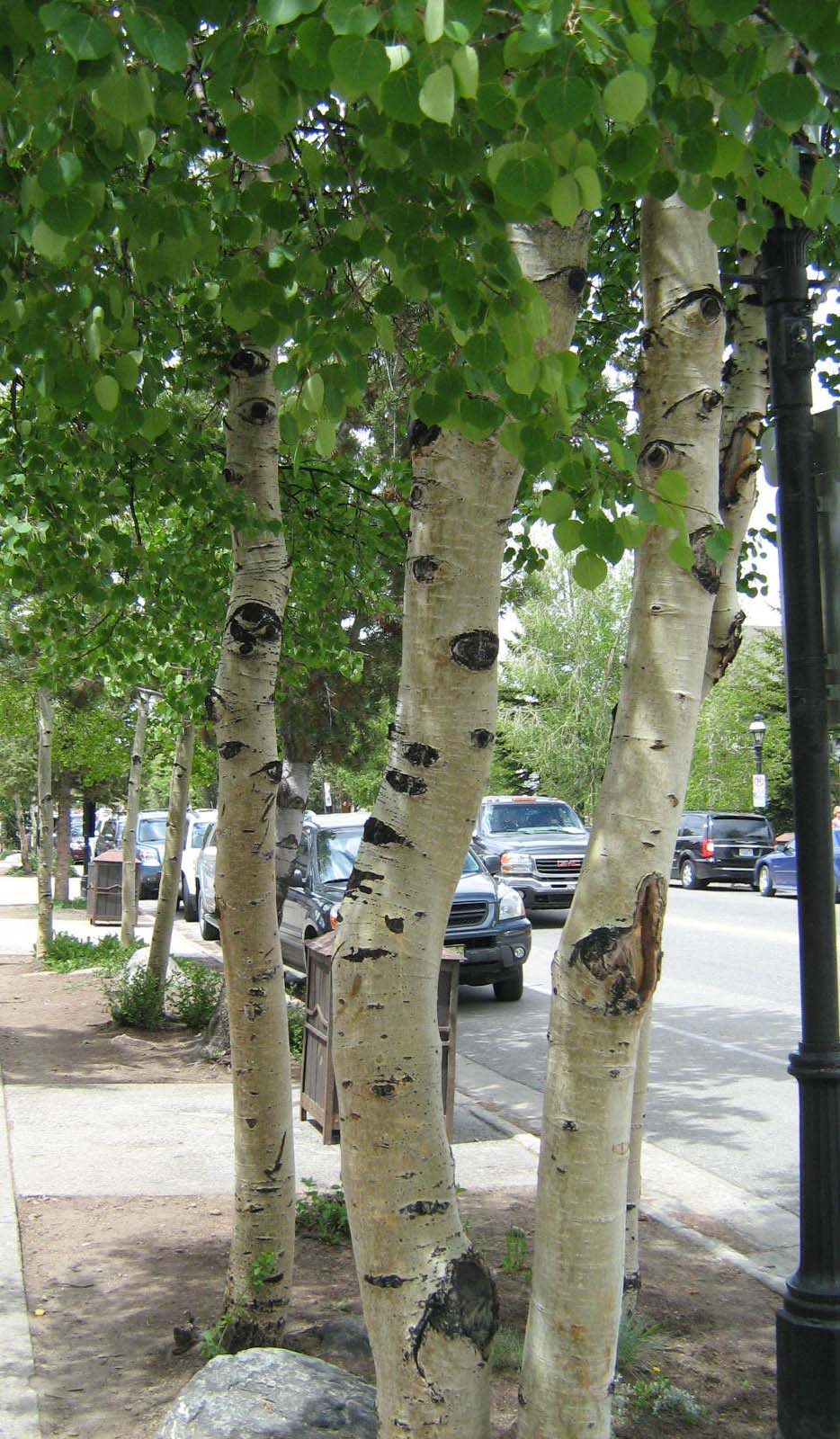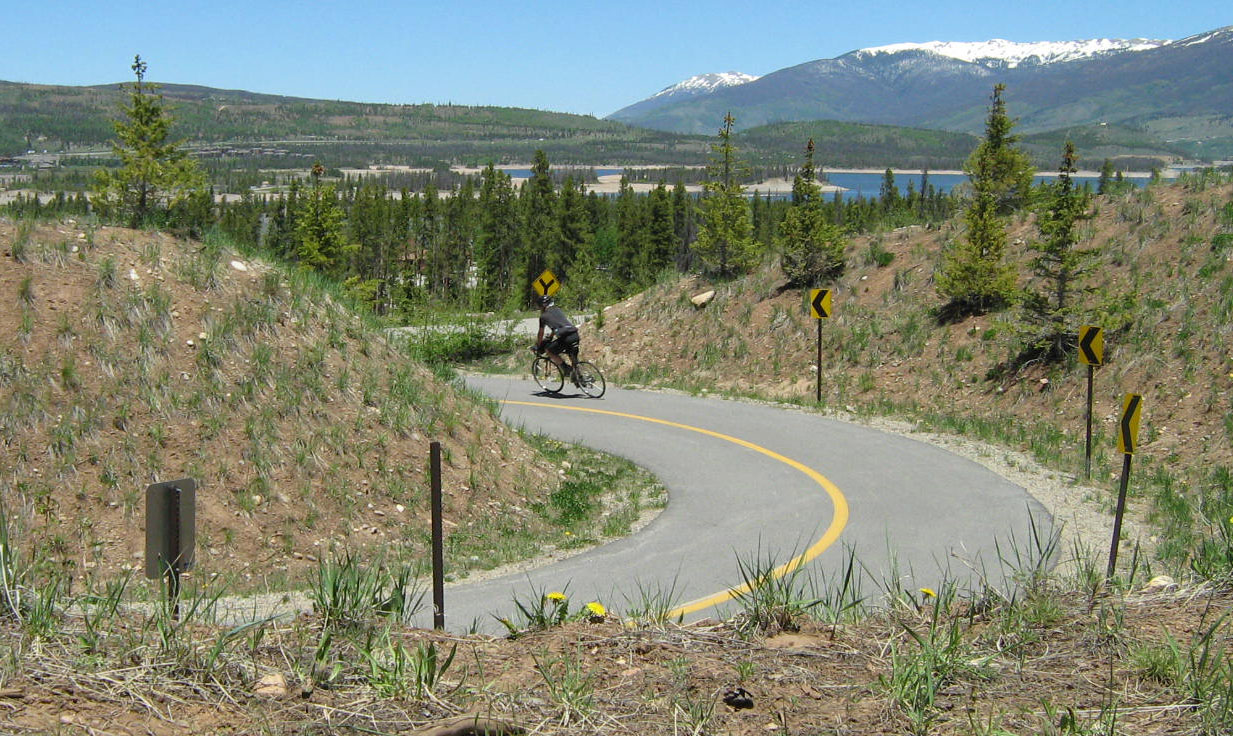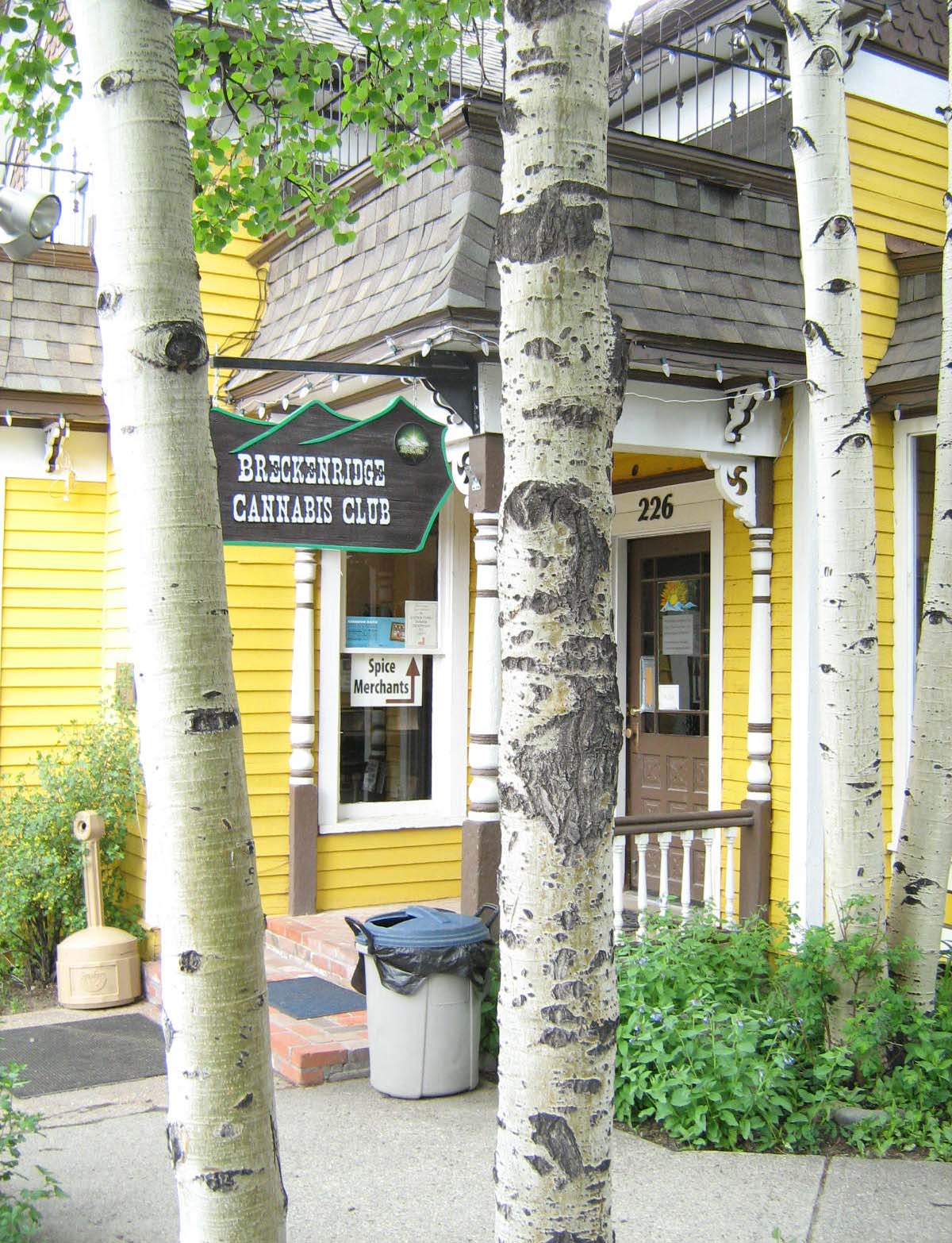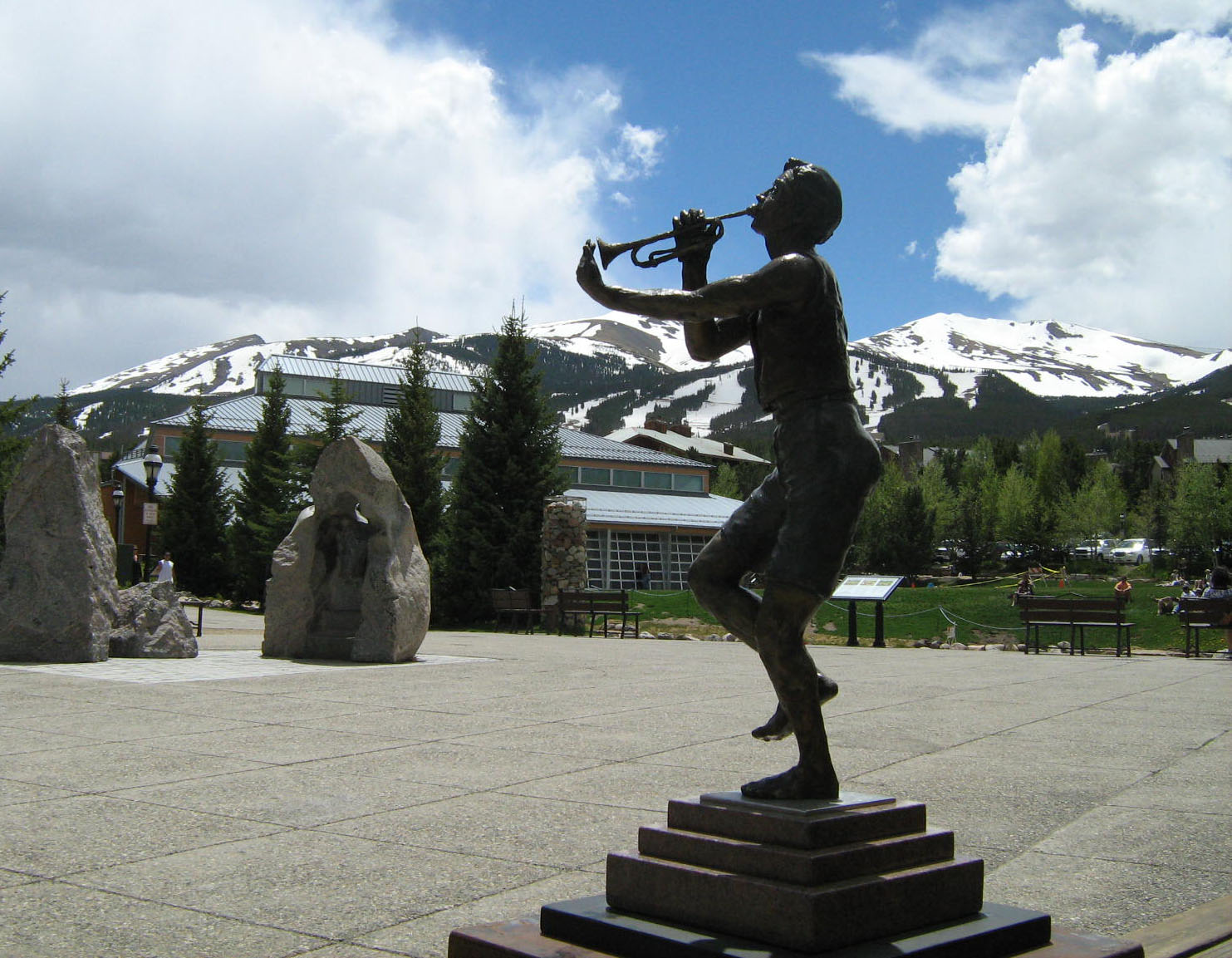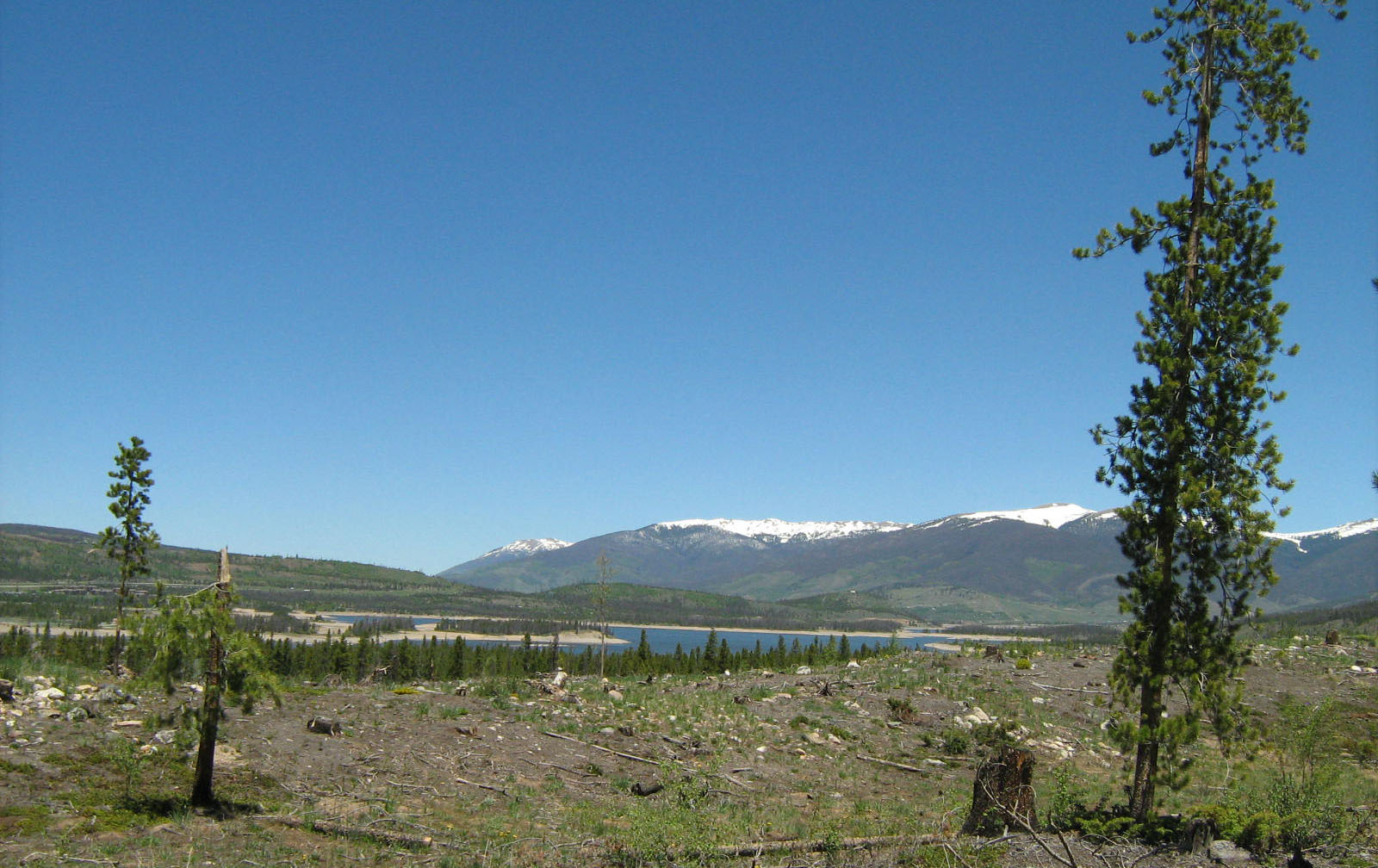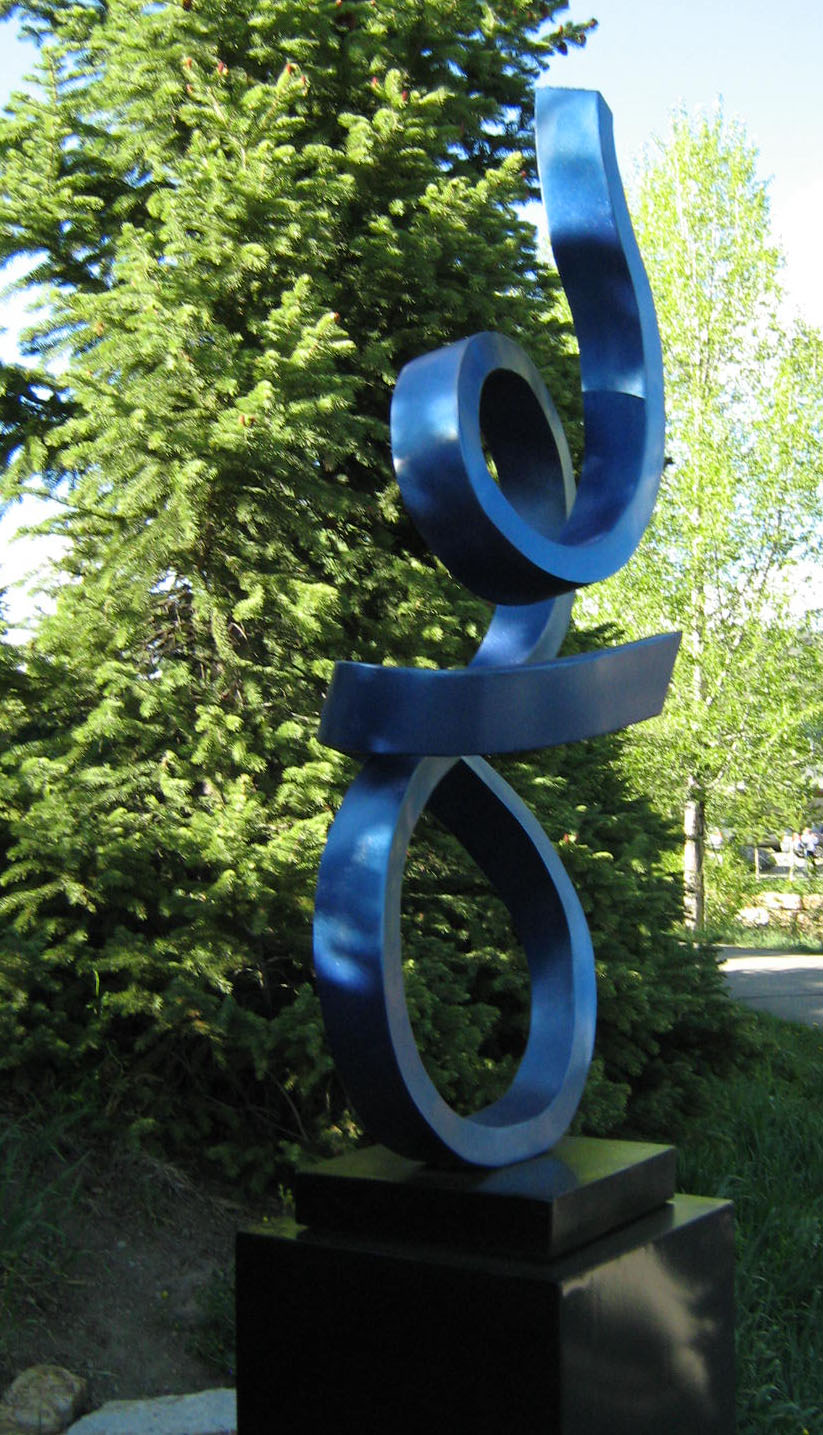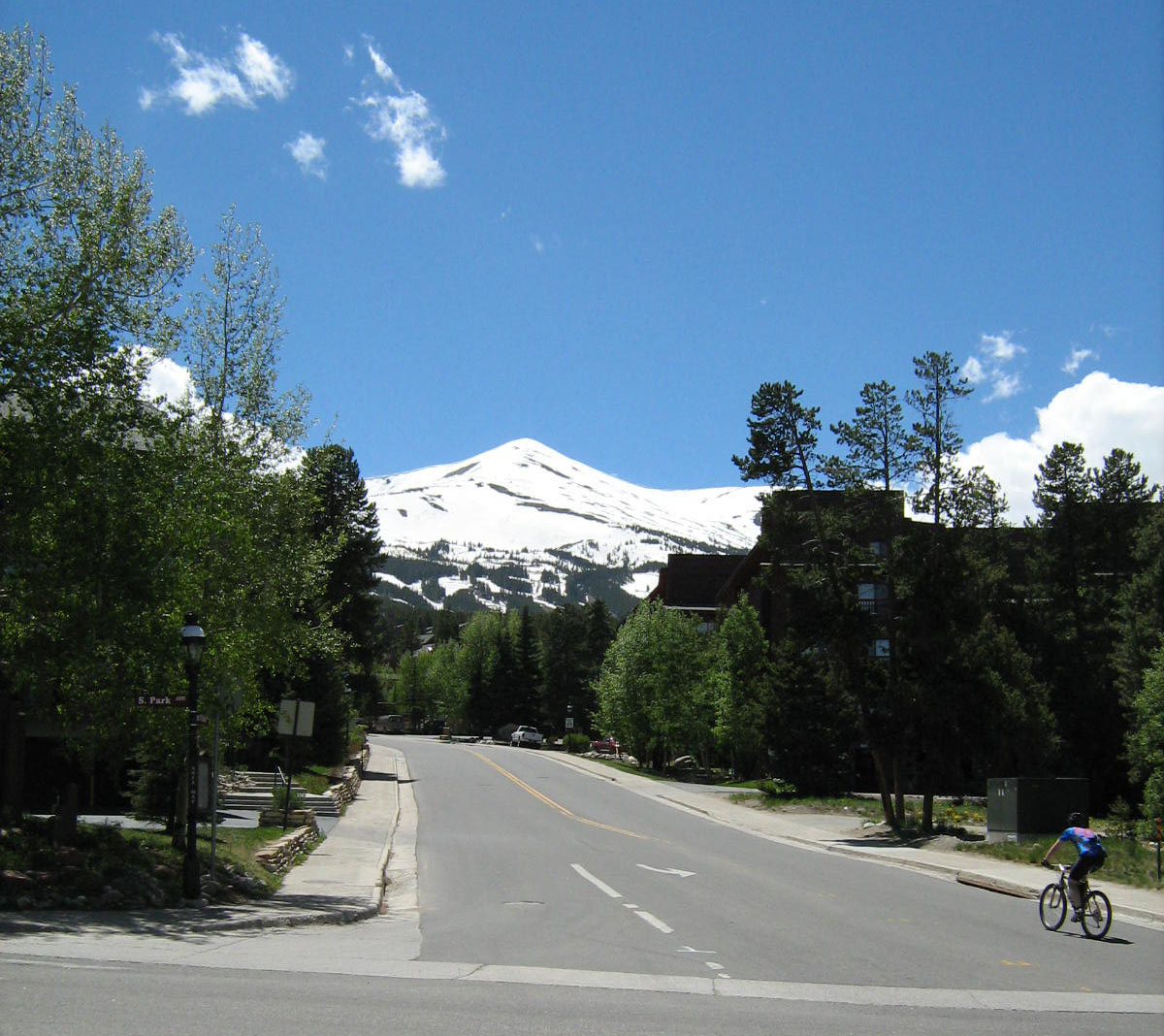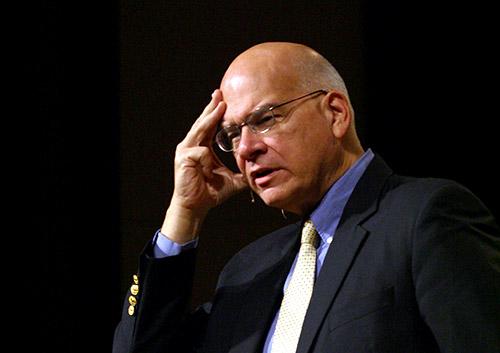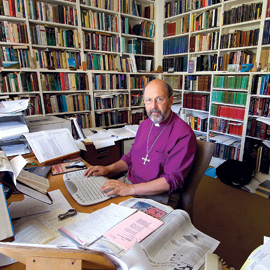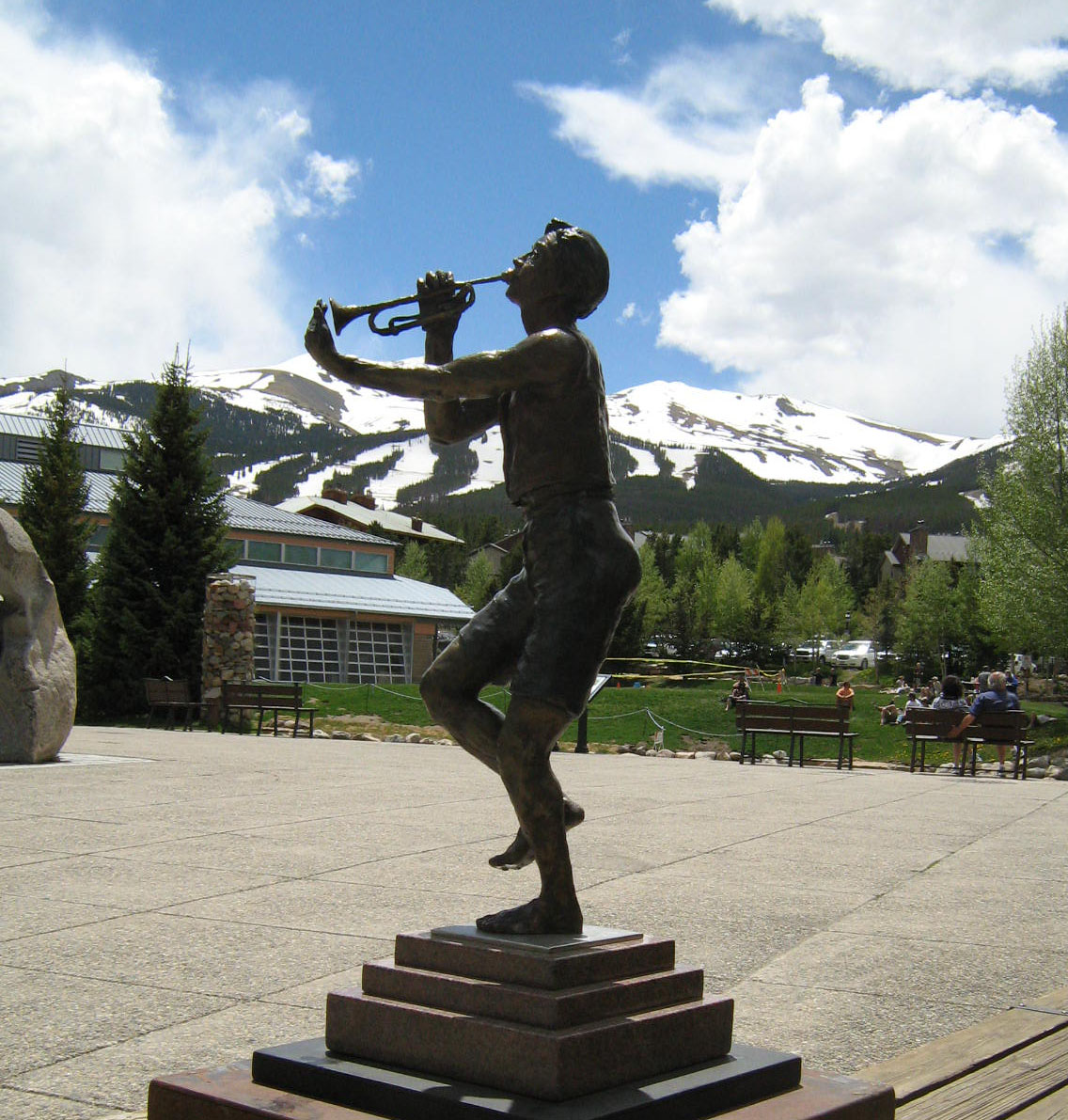Paths lead from Nazareth.AROUND the corner from Nazareth's Old City market, in the shadow of 200-year-old Ottoman mansions, there's a cobblestone street so narrow you can almost touch the houses on either side. An arrow pointing up some stairs is painted on one rough wall, along with the words "Jesus Trail." It's the de facto trailhead for a 40-mile hike through the Galilee region of Israel in the footsteps, more or less, of the man who made Galilee famous.
 Map
Map
The Jesus Trail

Jewish children play in a field of wild wheat along the Jesus Trail.

Arab girls rest during a hike near the Arbel Cliffs.
The Jesus Trail is the brainchild of two hiking enthusiasts, Maoz Inon, a 37-year-old Israeli who owns the Fauzi Azar Inn in Nazareth, and David Landis, 30, a guidebook writer from Pennsylvania. The pair met in 2005 while hiking in Israel, and came up with the idea of creating a path linking key historical sites related to the life of Jesus. Some of those sights - including the Mount of Beatitudes, the traditional site of the Sermon on the Mount - were already popular on commercial bus tours. But others, like the Roman road where the risen Christ is believed to have blinded Paul (an act that led to Paul's conversion to Christianity), were not accessible from nearby highways.
Mr. Landis returned to Israel in 2007 and, with the permission of local governments and the help of Google Earth and a GPS, he and Mr. Inon figured out what they hoped would be the most "beautiful, logical and feasible" way to connect the dots through a mosaic of public land and parks. Together, the two invested about $150,000 and thousands of hours. There were delays, but all was eventually resolved. In 2008, the Society for the Protection of Nature in Israel blazed the trail, which officially opened the next year.
Curious about the route, I rode the No. 955 bus north from Jerusalem to Nazareth last February, and for the next four days hiked through a biblical landscape, staying at small inns along the way.
Though the official start is at the Church of the Annunciation in Nazareth, I began my hike, as most visitors do, at Mr. Inon's inn, which has become the trail's information hub. Accompanied by two other hikers, I followed the arrow up the stairs just outside the inn and found more, steeper stairs, hundreds of them. I sighed. It appeared that I was about to pay for my winter of sloth. When I finally reached the top, the reward was a panoramic view of Galilee, a hilly quilt of pastures and olive farms.
I had always pictured this territory as arid, but the land was lush and green after the winter rains. Soon we were walking through a valley filled with wildflowers, headed toward Capernaum, the village that marks the end of the trail and the place where Jesus is believed to have done much of his teaching. As I walked, stories from Sunday school flooded my mind. Healing the sick, raising the dead, turning water into wine. This definitely wasn't going to be an ordinary hike.
Which was exactly what its creators had in mind. While most Christian tourists spend their time in Jerusalem and on bus tours, some yearn to see Jesus' backcountry. Two travelers I encountered on the path, Keith and Kathy Springer from Illinois, hiked the trail on days off from their stint as volunteers at Nazareth Village, a living history museum.
"I couldn't think of anything more exciting than following in the footsteps of Jesus," Ms. Springer said.
But Christian pilgrims weren't the only people Mr. Landis and Mr. Inon had in mind. By routing the path through Jewish and Arab villages that the tour buses bypassed, they figured that some of the money from Christian tourism - which accounts for about two-thirds of Israel's $3.5 billion tourist industry - would be funneled into the hands of local businesses.
AT Mile 5 on the first day, we arrived at Zippori National Park, which is scattered with Jewish and Roman ruins. Suddenly, we heard somebody shouting. Scanning a muddy field, we spotted a man, the leader of a tour group whose minivan was stuck.
"I think his van's bogged down," said Andrew, one of my fellow hikers.
Indeed, the black minivan was stuck in six inches of mud. His customers - elderly tourists from Haifa - stood at a distance. We waded into the mud and pushed. After a few tries, with our shoes sinking and shins mud-spattered, the minivan zoomed out of the mud. The tourists applauded.
In this place, I couldn't help but think that excessive pride is sinful, so I tried not to be too pleased with myself. Anyway, it was lunchtime.
After picnicking on pita bread and apples next to the Crusader Church, we explored the park's ruins. Some biblical experts believe Zippori is the village where Mary grew up. Now the site includes a Roman villa with tiled floors that depict Isaac being bound by Abraham, scenes from the life of the Greek god Dionysus, and the woman known as the "Mona Lisa of the Galilee," whose mosaic eyes seem to stare at you no matter where you stand.
We followed the trail through a pine forest into the Arab village of Mashhad, where we were welcomed by a growling dog, a crowing rooster and the muezzin's call to prayer. We walked past mosques and the traditional grave site of Jonah, the Old Testament prophet (another traditional site for Jonah's grave is in Iraq), then crossed a grassy valley to the village of Cana, where Jesus' first miracle, turning water into wine, is believed to have taken place. With a busload of Filipino pilgrims, we toured the Franciscan Wedding Church, a 19th-century castlelike structure built atop Byzantine ruins.
Tired from 10 miles of walking, we trudged down the main street, which has no shortage of curio shops selling small bottles of "miracle" wine and mineral water, and up a narrow lane to the Cana Wedding Guesthouse. There we drank coffee on the balcony, ate flatbreads, hummus and lamb, and slept very well.
Not much happens in Israel without controversy, and the Jesus Trail is no exception. Last November, in a move that annoyed Mr. Inon, the Israeli Ministry of Tourism opened its own version of the Jesus Trail, a 37-mile path called the Gospel Trail that goes through forest areas, bypassing Cana and most of the historical sites.
"Why didn't they just invest in our trail instead of spending millions of dollars on a new version?" asked Mr. Inon, who joined us during the second half of our hike. He said he thought he knew the reason: to avoid areas that have safety issues. Translation: to avoid Arab villages in favor of Jewish areas.
But Haim Gutin, an Israeli tourism commissioner, told me that that was not the reason.
"The Gospel Trail was part of an overall plan that we developed over many years to market Israel to evangelical Christians," he said. "Besides, nobody knows exactly where Jesus walked. You have to use your imagination."
I hiked part of the Gospel Trail, but there are some issues that make it impractical. It's not served by public transportation and not all of it is marked yet. Also, I wanted to visit sites that it bypassed. So I stuck with the Jesus Trail.
Day 2 began at 9 a.m. beneath a blue sky. We walked along a dirt road with views into the Tur'an Valley, a gentle dip teeming with wildflowers and olive trees. The road follows the stony remains of a Roman road through an oak forest, ending at a Holocaust memorial set up by residents of the nearby Kibbutz Lavi. This was supposed to be the site of the second stay-over, at a well-appointed hotel that the kibbutz operates, but scheduling complications led to our staying at the Fauzi Azar Inn in Nazareth instead.
THE next morning, accompanied by Mr. Inon, we returned to Kibbutz Lavi by car. We bushwhacked our way through fields of Russian winter red wheat and continued on to the Horns of Hattin, a double-peaked volcanic formation that resembles bull horns, where we caught our first glimpse of the Sea of Galilee. Here, Mr. Inon told us the story of the Battle of Hattin, in which Muslim forces defeated Frankish Crusaders in 1187. We made our way to Nebi Shueib, a Druze shrine and the tomb of Jethro, father-in-law of Moses. At the end of the day we found ourselves at Moshav Arbel Guesthouse on a small farm, where our hosts - a jovial older couple - were waiting with a meal of lamb, veal, homemade sherry and chocolate.
On our last day, our feet and knees were sore - we had covered 30 miles at this point - but some of the best sights awaited. At the 1,200-foot Arbel Cliffs, we had an unobstructed view of the Sea of Galilee; from there we hiked down a rocky slope aided by metal handholds, then down near caves and cliff-dwellings where, according to the historian Josephus, Jewish rebels hid from Herod the Great. In a valley rife with carob trees we headed toward Magdala, the traditional home of Mary Magdalene.
We joined the bus tours again at the Church of the Beatitudes, a small church next to a stand selling sodas and candy. At a dirt overlook where Jesus supposedly performed the miracle of turning a few fish and loaves of bread into a feast, an American preacher was leading his flock of 40 in the singing of "Onward Christian Soldiers."
Another half-mile and we could smell the end of the trail, literally: a fish restaurant called Peter's. Even though Capernaum, which marked the trail's end, was close, we chose to rest our feet and drink an Israeli Goldstar beer.
My pilgrimage was now nearly over. I hadn't found Jesus, but I had discovered a beautiful part of the world.
IF YOU GO
It's possible to plan your own trip, or you can book a self-guided tour on jesustrail.com. The six-day, five-night package costs $849 a person and includes two nights at the Fauzi Azar Inn in Nazareth, Israel, and one night each in comfortable private rooms at locally run guesthouses and hotels at the three stops along the way (Cana, Kibbutz Lavi and Arbel). Luggage transport is provided between inns.
If you want to plan your own trip, inns along the way include:
Fauzi Azar Inn, (972) 4-602-0469 fauziazarinn.com. A double room includes breakfast and starts at 400 shekels (about $103 at 3.8 shekels to the dollar).
Cana Wedding Guesthouse, (972) 50-400-7636. A double room is 300 shekels and includes breakfast and dinner.
Kibbutz Lavi Hotel, (972) 4-679-9450. A double room, 450 shekels, includes breakfast and dinner.
Shavit Arbel Guest House, (972) 4-679-4919. A double room with breakfast and dinner is 350 shekels through 4shavit.com.
You can find out more about the Jesus Trail by reading "Hiking the Jesus Trail and Other Biblical Walks in the Galilee," by Anna Dintaman and David Landis (Village to Village Press, 2010). Available on Amazon and jesustrail.com.
http://travel.nytimes.com/2012/06/24/travel/hiking-through-biblical-backcountry.html?ref=global-home
